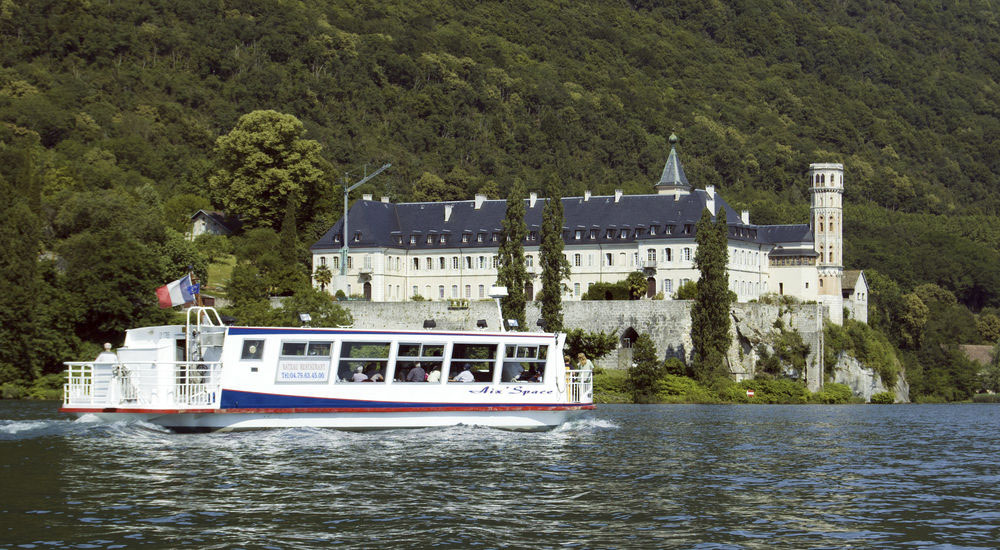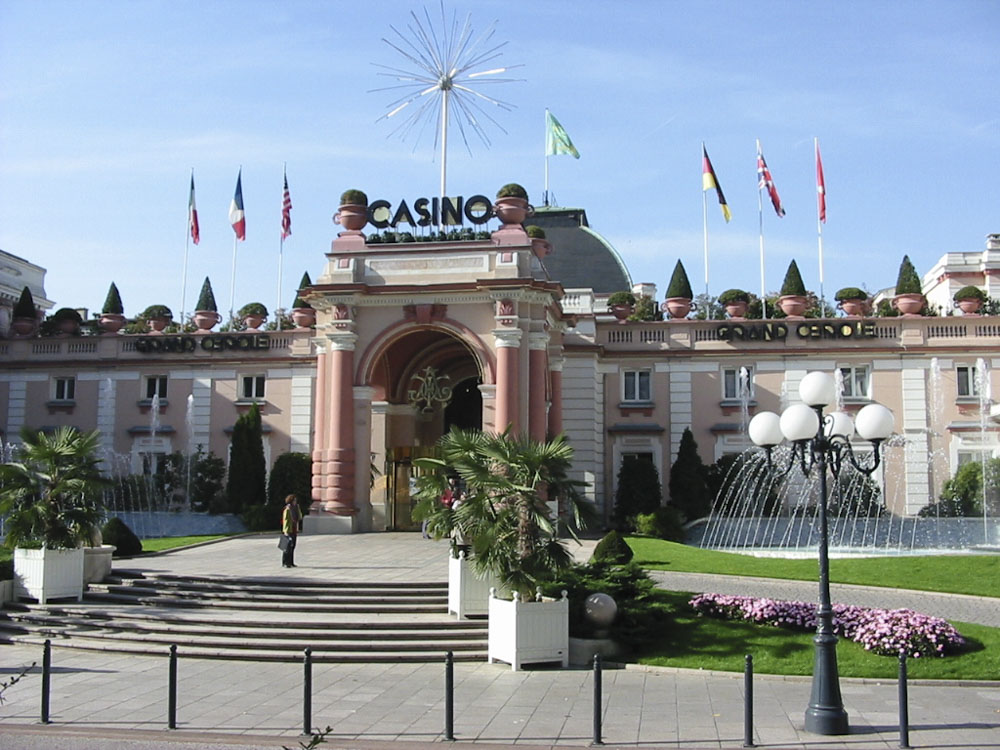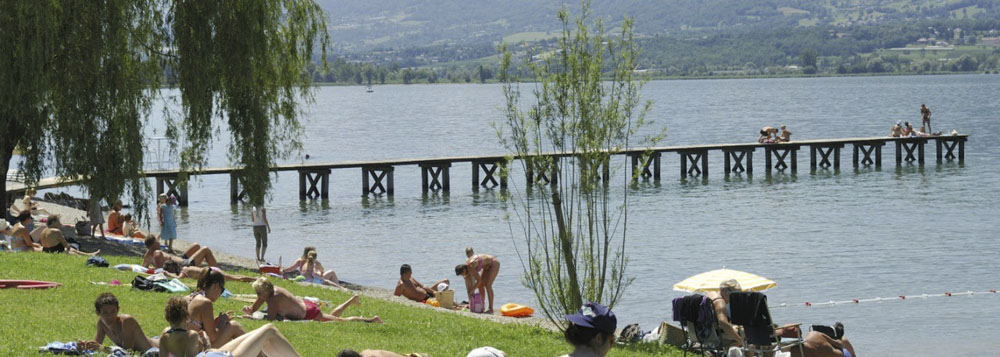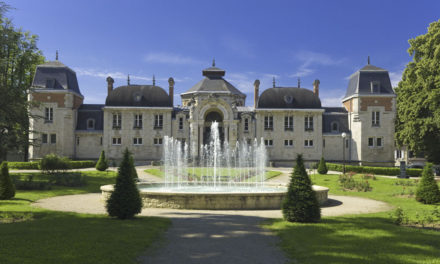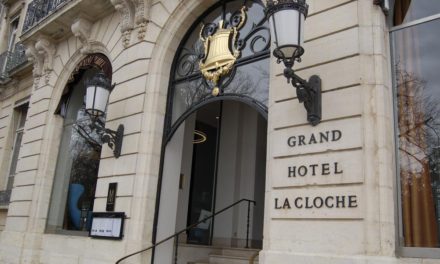The Lac du Bourget’s main settlement, Aix-les-Bains, slopes up from its southeast corner. Beside the waters, you’ll find a long beach, restaurants, and rampant urban development. All manner of watersports are on offer, as well as lake cruises. The lakeside area lies some distance below the old thermal spa resort. The hot sulphurous waters here were celebrated by the Celtic Allobroges, then the Romans built splendid baths. Forgotten for a vast period, in the early 1600s King Henri IV brought a first spark back to the place, while in the 18th century, grand new spa buildings went up. Napoleon’s family enjoyed taking the waters, but the best-remembered French visitor was the sickly young Romantic poet Lamartine, who came in October 1816 and met Julie Charles, a young married woman suffering from tuberculosis. They fell madly in love, and promised to meet again the following season. Tragically, Julie was too ill to make it back, dying before the end of 1817; the forlorn Lamartine immortalised her in his poetry, notably ‘Le Lac’, under the name of Elvire.
Book a Hotel in Aix les Bains
History
Another famous visitor to Aix-les-Bains went by the subtle pseudonym of Countess of Balmoral. She was none other than Queen Victoria, and a whole British colony followed in her wake. The Anglo-Saxons didn’t mix with the locals, but marked the place with their eccentricities. One story says that Victoria was so appalled to see a donkey mistreated that she bought it and had it taken back to Buckingham Palace. Lavish villas and hotels were built for mega-wealthy visitors who arrived from many nations at the turn from 19th to 20th century. But the First World War killed the trend for such highly fashionable spa resorts. Although the generous French health service has kept the place going, now relaxation treatments are also being promoted as the place smartens up its act once again.
Architecture
Central Aix-les-Bains is something of an architectural jumble, but it retains a certain style, and that curious spa mix of sickness and celebration. Opposite the mistreated Art Deco facade of the Thermes Nationaux stand the remnants of two major Roman monuments, the Arch of Campanus and the Temple of Diana, with a Musée Archéologique (tours via tourist office). On the guided tour of the town you are taken deep inside the rather grim, if engrossing, Thermes Nationaux (specialising in treatments for rheumatism) to peer at the dark remnants of the Roman baths beneath. Peak inside the outrageous Grand Casino nearby if you can too. Opened by King Victor Emmanuel II in 1850, some of the original mosaics by Salviati and the stained glass are still in place above the fruit machines and their addicts in this outrageous extravaganza. Its theatre was the first place in France to witness Wagner’s Tristan and Isolde, in 1897, and still puts on events, not all as high brow. Close by, the elegant public gardens exude a genteel air, Lamartine’s statue recalling his tragic connection with the place. Followers of British royalty can pay homage to the severe statue of Victoria on the nearby square, and might seek out the modest English church beyond. Also discover Place Carnot, one of Aix-les-Bains’ most enchanting squares.
Musée Faure
Up the slope, truly palatial former hotels have been turned into apartment blocks. The swanky contemporary Thermes Chevalley have also opened on high, catering in part for those in search of luxury treatments, with superb pools. The Musée Faure, set in a grand hillside villa, contains an interesting, unusual selection of Impressionist works, a bright room of contorted Rodin sculptures, including some rather miserable memorabilia of Lamartine. The views across to the Mont du Chat on the other side of the lake are uplifting though.
For more information on the great cities and lakes of Savoie, read the Cadogan guide to the Rhône-Alpes.
Copyright text : Philippe Barbour 2011
Copyright Images : christine73

